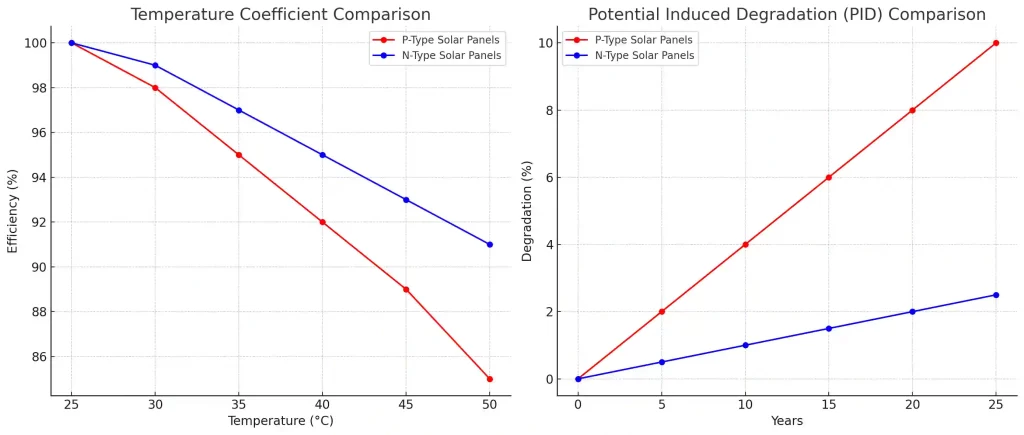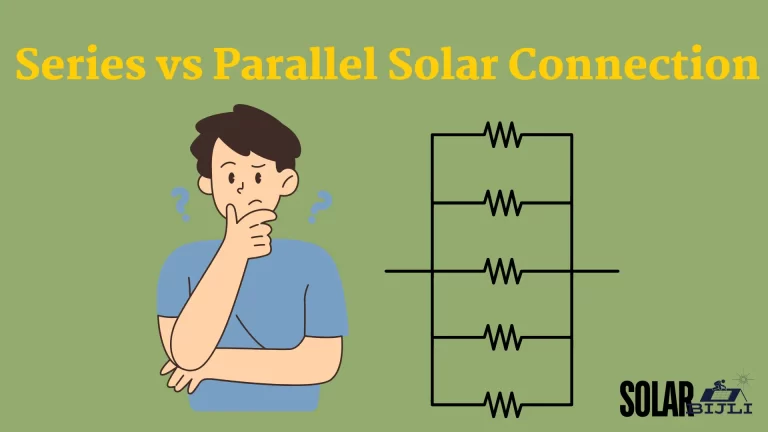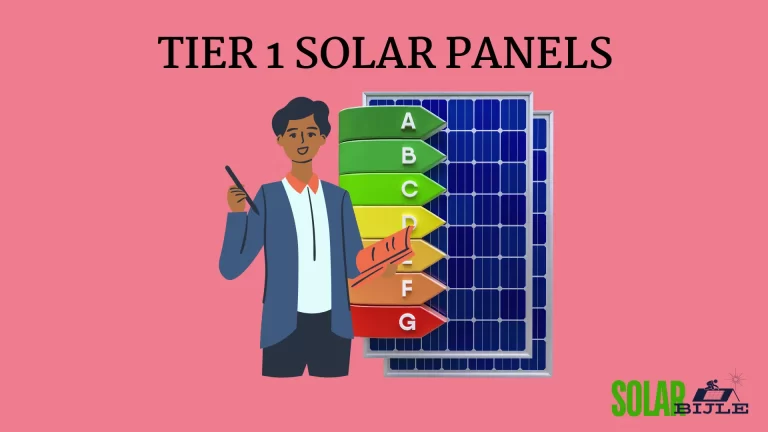N-type solar panels use phosphorus-doped silicon, offering better efficiency, lower light-induced degradation (LID), and a longer lifespan compared to P-type panels, which use boron-doped silicon.
N-type panels also perform better in high temperatures and low-light conditions, making them more reliable. While P-type panels are more common and less expensive, N-type panels provide superior performance, especially in challenging environmental conditions.
How Solar Cell Works
Solar cells convert sunlight into electricity using silicon wafers. They have layers of materials that create an electric current. Today, we mainly use N-type and P-type solar cells. Each type offers different benefits, so knowing them helps in choosing the best one for your needs. Let’s explore these types together!
What Are P-Type Solar Panels?
Definition and Construction: P-type solar panels use boron-doped silicon wafers. This means the silicon has been mixed with boron to create a positive charge in the base layer of the solar cell. It’s the most common type used today.
Performance Characteristics: P-type panels are efficient and reliable but can experience light-induced degradation (LID), which slightly reduces efficiency over time. They work well for most residential and commercial applications.
Examples of P-Type Solar Panels: Popular P-type panels include models from Jinko, JA Solar, and Trina Solar. These brands are well-known for their quality and performance.
What Are N-Type Solar Panels?
Definition and Construction: N-type solar panels use phosphorus-doped silicon wafers. Unlike P-type, this creates a negative charge in the base layer. This difference helps in boosting overall efficiency and reliability.
Performance Characteristics: N-type panels are known for their higher efficiency, lower light-induced degradation (LID), and better performance in low-light conditions. They also handle higher temperatures more effectively, making them a great choice for various climates.
Examples of N-Type Solar Panels: Leading N-type panels come from brands like Longi, AstroEnergy, JInko, JA, and Trina. These manufacturers are recognized for producing high-quality, efficient solar panels.

Major Differences between N-type and P-type Solar Panlels
| Key Feature | N-Type Solar Panels | P-Type Solar Panels |
|---|---|---|
| Efficiency | Generally more efficient due to phosphorus doping. | Efficient, but typically less efficient than N-type. |
| Degradation Rates | Lower Light-Induced Degradation (LID); retains efficiency longer. | Higher LID; more degradation over time. |
| Cost | More expensive due to advanced technology. | Generally less expensive; more common in the market. |
| Temperature Coefficients | Performs better in high temperatures; less performance loss. | More performance loss in high temperatures. |
| Potential Induced Degradation (PID) | Less susceptible to PID, ensuring more stable performance. | More susceptible to PID, which can affect longevity. |
Final Words
In conclusion, N-type solar panels offer higher efficiency, lower degradation, and better performance in challenging conditions, but they come at a higher cost.
P-type panels are more common, cost-effective, and still highly reliable, though they may experience more degradation over time. Both types have their unique strengths depending on your needs






